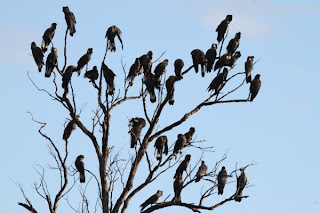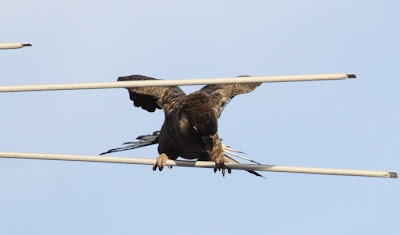If you'd like a chance to meet Leighton De Barros film maker and author of the new book
On a Wing and Prayer: The Story of Carnaby's cockatoo family, here are the details of the book launch event. Both Rick Dawson (the human star of the documentary) and myself will be there too.
When: 5.30pm Friday 8 June 2012
Venue: Western Australian Conservation Science Centre. 17 Dick Perry Ave, Kensington, WA
RSVP: Cathy Birch on 9334 0296 by Tuesday 5 June
Light refreshements will follow.
"On a Wing and a Prayer: the story of a Carnaby’s cockatoo family introduces us to the world of the Carnaby’s cockatoo; one of five species of black cockatoo whose populations have declined dramatically. Every milestone in their struggle to survive is documented through the engaging story of one cockatoo family. This is a story of love, loss and sheer endurance.
Witness the parent’s unique nest-selection behaviour, see their elaborate courtship, and revel in the miracle of new life as the first chick breaks through its shell. Much depends on the chick’s survival but life at the hollow is tough and threats are many – hypothermia, starvation, predators and poachers are but a few. While the female tries to protect her precious offspring, the male risks predation, exhaustion and road traffic accidents to find food for his family in a depleted natural habitat.
We follow Department of Environment and Conservation senior wildlife investigator Rick Dawson’s work as he passionately shepherds the birds on their life journey. Whether he’s using surveillance devices to protect against poachers, rescuing an injured Carnaby’s cockatoo, or releasing rehabilitated birds back into the wild, he will go to great lengths to help save this endearing bird. Join him on his journey."
RRP $24.95 – Available from Department of Environment and Conservation offices, ABC shops and other good bookstores.










































